My second and last entry for the name = part count challenge.
Info on the P-40 Warhawk:

'The Curtiss P-40 was a workhorse, much like the Hawker Hurricane and served in almost every theater of the Second World War. Both praised and vilified, the fact remains it bore much of the brunt of the air warfare over many battle fronts. For lack of a dependable supercharger,1 it was designed as a medium-altitude fighter making its performance less than desirable. Compared to the Mitsubishi Zero and Messerschmitt bf 109, it was for all practical purposes outclassed as soon as it came off the assembly line. However, it was available in quantity and its shortcomings were partly compensated by its docile flight characteristics, and sturdiness which enabled it to withstand a considerable amount of punishment.'
- from The Aviation History Online Museum
link Here
'The Curtiss P-40 Warhawk is an American single-engined, single-seat, all-metal fighter-bomber that first flew in 1938. The P-40 design was a modification of the previous Curtiss P-36 Hawk which reduced development time and enabled a rapid entry into production and operational service. The Warhawk was used by most Allied powers during World War II, and remained in frontline service until the end of the war. It was the third most-produced American fighter of World War II, after the North American P-51 Mustang and Republic P-47 Thunderbolt; by November 1944, when production of the P-40 ceased, 13,738 had been built, all at Curtiss-Wright Corporation's main production facilities in Buffalo, New York.
P-40 Warhawk was the name the United States Army Air Corps gave the plane, and after June 1941, the USAAF adopted the name for all models, making it the official name in the U.S. for all P-40s. The British Commonwealth and Soviet air forces used the name Tomahawk for models equivalent to the original P-40, P-40B, and P-40C, and the name Kittyhawk for models equivalent to the P-40D and all later variants. P-40s first saw combat with the British Commonwealth squadrons of the Desert Air Force in the Middle East and North African campaigns, during June 1941. No. 112 Squadron Royal Air Force, was among the first to operate Tomahawks in North Africa and the unit was the first Allied military aviation unit to feature the "shark mouth" logo, copying similar markings on some Luftwaffe Messerschmitt Bf 110 twin-engine fighters.'
- from Wikipedia
link Here
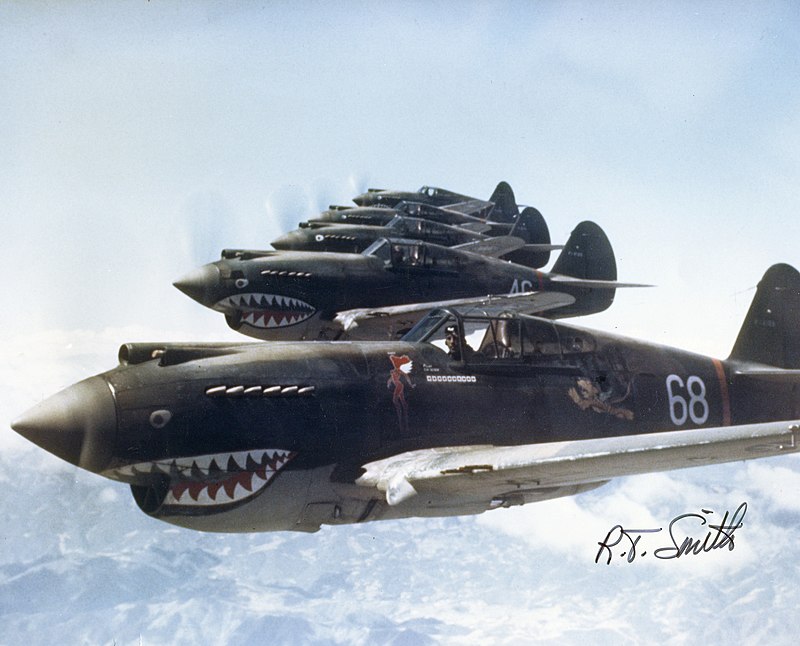
Summary of the P-40's Operational History:
The Curtiss P-40, known for its iconic shark-nose design, served as a workhorse for Allied air forces during World War II. Initially conceived as an improvement over the earlier P-36 Hawk, the P-40's development began in the late 1930s. While it lacked the performance of contemporary fighters like the Messerschmitt Bf 109 and Supermarine Spitfire, the P-40 compensated with ruggedness, firepower, and operational range.

The P-40 saw extensive service in multiple theaters of World War II, particularly in the hands of American, British, Commonwealth, and Soviet air forces. Notably, it played a crucial role in North Africa, where it faced off against Axis forces in intense aerial combat. The aircraft also served in the Pacific theater, where its long range and ground-attack capabilities were put to effective use. While it struggled against more advanced Japanese fighters, such as the Mitsubishi A6M Zero, the P-40's durability and firepower helped it maintain relevance throughout the conflict. Overall, the P-40's operational history is one of resilience and adaptability, earning its place as a symbol of Allied air power during World War II.

Gallery:


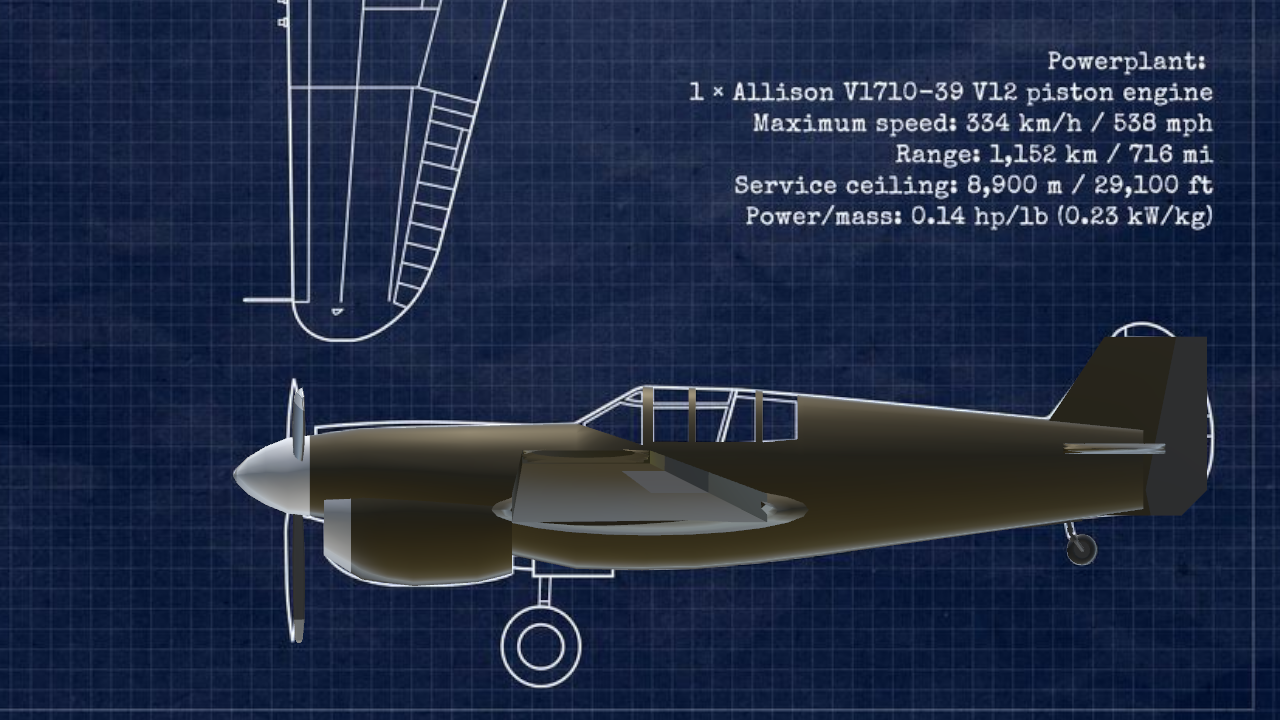
Specifications
Spotlights
- SPairforce 10 months ago
General Characteristics
- Predecessor [CLOSED] Name = Part Count Challenge
- Created On Windows
- Wingspan 35.6ft (10.9m)
- Length 31.6ft (9.6m)
- Height 11.9ft (3.6m)
- Empty Weight 7,410lbs (3,361kg)
- Loaded Weight 8,515lbs (3,862kg)
Performance
- Horse Power/Weight Ratio 0.145
- Wing Loading 34.6lbs/ft2 (169.0kg/m2)
- Wing Area 246.1ft2 (22.9m2)
- Drag Points 2275
Parts
- Number of Parts 40
- Control Surfaces 8
- Performance Cost 232


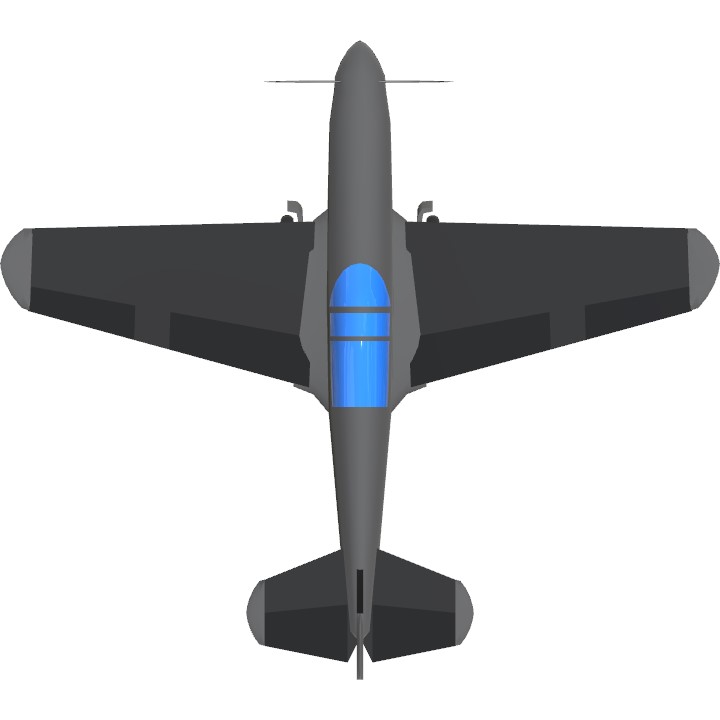
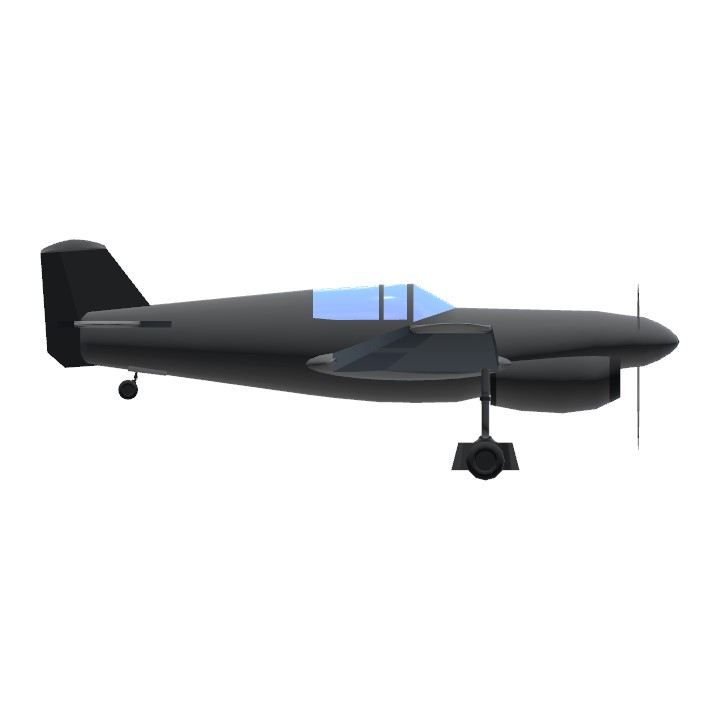
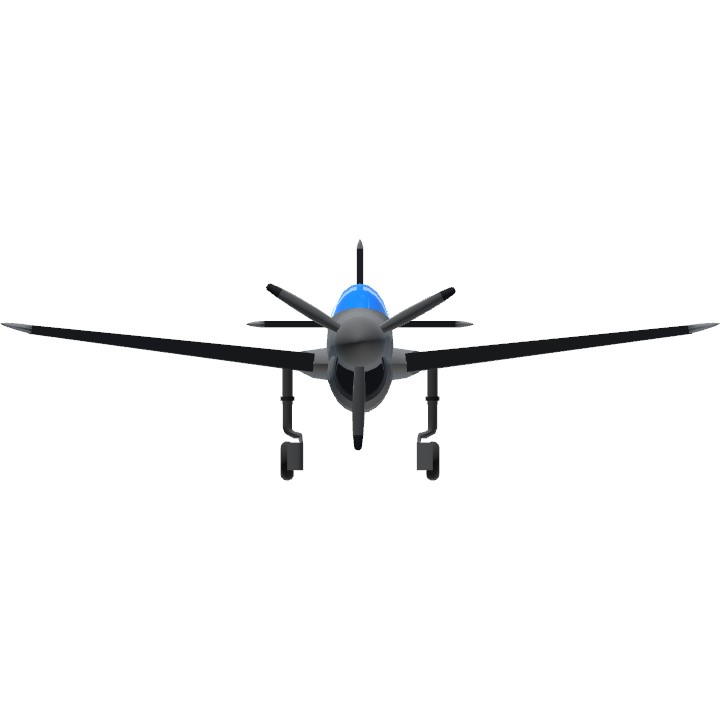
Name: Curtiss P-40
Type: WW2 Aircraft
Does it match: Yes (40 Parts)
Creator: @DeltaLinkAviation
Pin this.